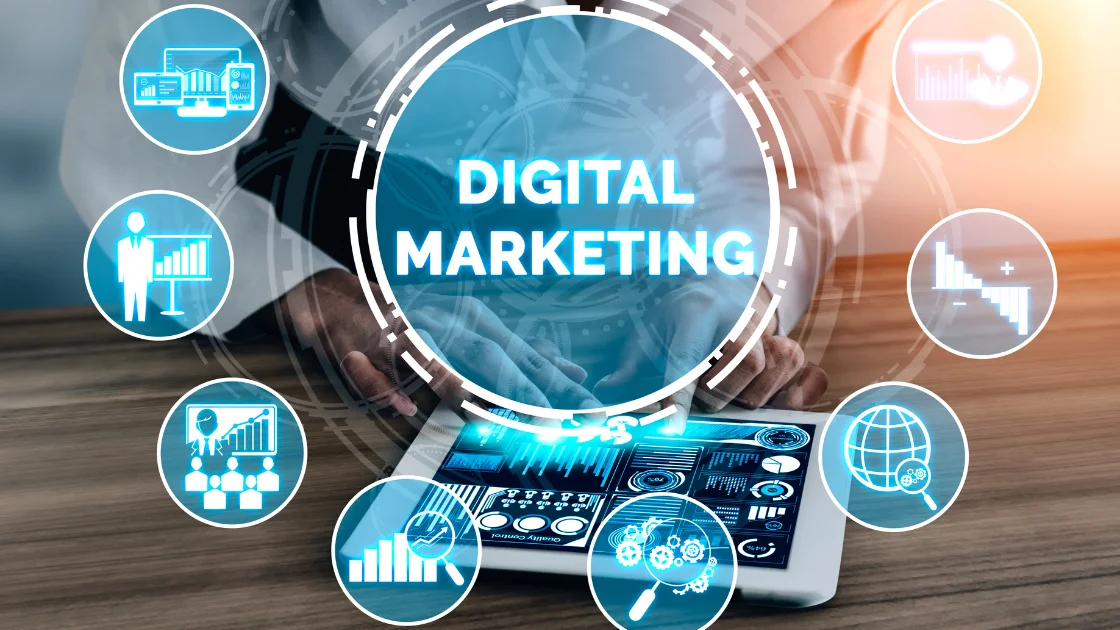In today’s fast-paced digital landscape, understanding the customer journey has become more crucial than ever for businesses looking to connect with their audience effectively. The customer journey is the path that a consumer takes from the moment they first hear about a product or service to the point of purchase and beyond. It’s a complex process that involves several stages, each presenting unique opportunities and challenges for marketers. In this blog, we’ll break down the customer journey, explore its various stages, and discuss how you can tailor your marketing strategies to enhance customer engagement and drive conversions.
What is the Customer Journey?
To put it simply, the customer journey encompasses all the interactions a customer has with your brand, from the initial awareness stage to post-purchase experiences. Understanding this journey is essential because it allows you to identify where your marketing efforts can make the most impact. Instead of viewing your customers as a series of transactions, you begin to see them as individuals with unique needs and preferences, each following their own path toward a purchase.
This journey can vary significantly from one customer to another, influenced by factors such as their background, interests, and the specific products or services they are considering. As a digital marketer, your goal is to map this journey, recognize the different stages your customers go through, and optimize your strategies to meet them where they are.
The Stages of the Customer Journey
The customer journey can typically be divided into three main stages: awareness, consideration, and decision. Let’s delve into each of these stages, exploring what they entail and how you can tailor your marketing efforts accordingly.
Awareness Stage
At the very beginning of the customer journey lies the awareness stage. This is the point where potential customers first become aware of a problem they need to solve or a desire they wish to fulfill. They may stumble upon your brand through social media, search engines, or even word of mouth. During this phase, they are often seeking information and exploring various options, so your goal should be to create content that addresses their needs.
To capture the attention of these early-stage customers, consider utilizing various content formats such as blog posts, infographics, and engaging social media posts. For instance, if you run a home improvement business, you could create informative articles on common household issues and their solutions. This not only positions your brand as a valuable resource but also helps build trust with potential customers.
In addition to informative content, paid advertising can be effective in reaching new audiences. Platforms like Google Ads and social media ads allow you to target specific demographics, ensuring that your message reaches those who are most likely to be interested in your offerings.
Consideration Stage
Once potential customers have moved past the awareness stage, they enter the consideration stage. Here, they actively evaluate their options, comparing different products or services to find the best fit for their needs. It’s essential during this phase to provide them with the information they need to make informed decisions.
Consider creating detailed product descriptions, comparison guides, and customer testimonials that highlight the benefits of your offerings. Video content can also play a crucial role in this stage. A well-crafted video demonstration of your product or service can help customers visualize how it meets their needs.
Furthermore, email marketing can be a powerful tool during the consideration stage. By nurturing leads with targeted content, you can keep your brand top-of-mind as they weigh their options. For example, if a potential customer signs up for your newsletter after downloading a free guide, you can follow up with additional resources tailored to their interests.
Decision Stage
The final stage of the customer journey is the decision stage. At this point, potential customers are ready to make a purchase, and it’s crucial to provide them with a seamless experience that encourages conversion. This means ensuring that your website is user-friendly, with clear calls to action that guide customers through the purchasing process.
Offering incentives such as discounts, free shipping, or limited-time offers can also be effective in closing the deal. Remember, though, that trust is a significant factor at this stage. Customers are more likely to complete their purchase if they feel confident in your brand. Displaying trust signals like customer reviews, ratings, and security badges can help reassure them.
After a purchase, the journey doesn’t end. It’s important to continue engaging with your customers to foster loyalty and encourage repeat business. Sending personalized thank-you emails, requesting feedback, or suggesting related products can enhance their overall experience with your brand.
Mapping the Customer Journey
Understanding the stages of the customer journey is just the beginning. The next step is to map this journey for your specific audience. Start by gathering data on your customers’ behaviors, preferences, and pain points. This can be achieved through surveys, interviews, and analyzing website analytics.
Creating customer personas can also help you visualize your target audience and their journey. A persona is a semi-fictional representation of your ideal customer based on research and data. By developing personas, you can better understand what motivates your customers and tailor your marketing strategies to resonate with them.
Once you’ve mapped the journey and created personas, it’s essential to identify the touchpoints where customers interact with your brand. These touchpoints can include your website, social media channels, email campaigns, and even customer service interactions. Understanding these points of contact allows you to optimize each stage of the journey for a more cohesive experience.
The Role of Content in the Customer Journey
Content plays a pivotal role throughout the customer journey. It’s not just about creating content for the sake of it; it’s about crafting meaningful, relevant, and valuable content that addresses your audience’s needs at each stage.
For the awareness stage, think about blog posts, social media updates, and engaging videos that inform and entertain. In the consideration stage, focus on in-depth articles, product comparisons, and case studies that help potential customers weigh their options. Finally, in the decision stage, provide clear product descriptions, customer reviews, and special offers that facilitate the purchase process.
Utilizing a content calendar can help you plan and organize your content strategy. This way, you can ensure that you’re delivering the right content to the right audience at the right time.
Measuring Success
As you implement your customer journey strategies, it’s essential to measure your success and make adjustments where necessary. Tracking metrics such as website traffic, conversion rates, and customer feedback can provide valuable insights into how well you’re engaging your audience.
Consider using tools like Google Analytics to monitor your website’s performance. Pay attention to user behavior, such as bounce rates and time spent on pages, to identify areas for improvement. Additionally, gathering feedback through surveys or reviews can help you understand your customers’ experiences and expectations.
Remember that the customer journey is not static. It evolves as your audience changes, so it’s crucial to stay agile and adapt your strategies accordingly. Regularly revisiting and updating your customer journey map will ensure that you remain aligned with your customers’ needs.
Building Long-Term Relationships
Ultimately, understanding the customer journey is about building long-term relationships with your audience. It’s not just about making a one-time sale; it’s about creating loyal customers who will advocate for your brand and return for future purchases.
To foster these relationships, prioritize excellent customer service and engagement. Respond promptly to inquiries and feedback, and show appreciation for your customers’ loyalty through personalized communications and special offers.
Engaging with your audience on social media is another excellent way to build relationships. By responding to comments, sharing user-generated content, and creating a sense of community, you can strengthen your connection with customers and keep them coming back.
Create a Loyal Customer Base
Understanding the customer journey is a powerful tool for digital marketers. By recognizing the different stages—awareness, consideration, and decision—you can tailor your marketing strategies to meet your audience where they are. Mapping the journey, creating meaningful content, and measuring your success are all vital steps in enhancing customer engagement and driving conversions.
Remember that the journey doesn’t end with a purchase. By focusing on building long-term relationships with your customers, you can create a loyal customer base that not only supports your business but also spreads the word about your brand. So, as you embark on your marketing efforts, keep the customer journey at the forefront of your strategy, and watch your engagement and success soar!





